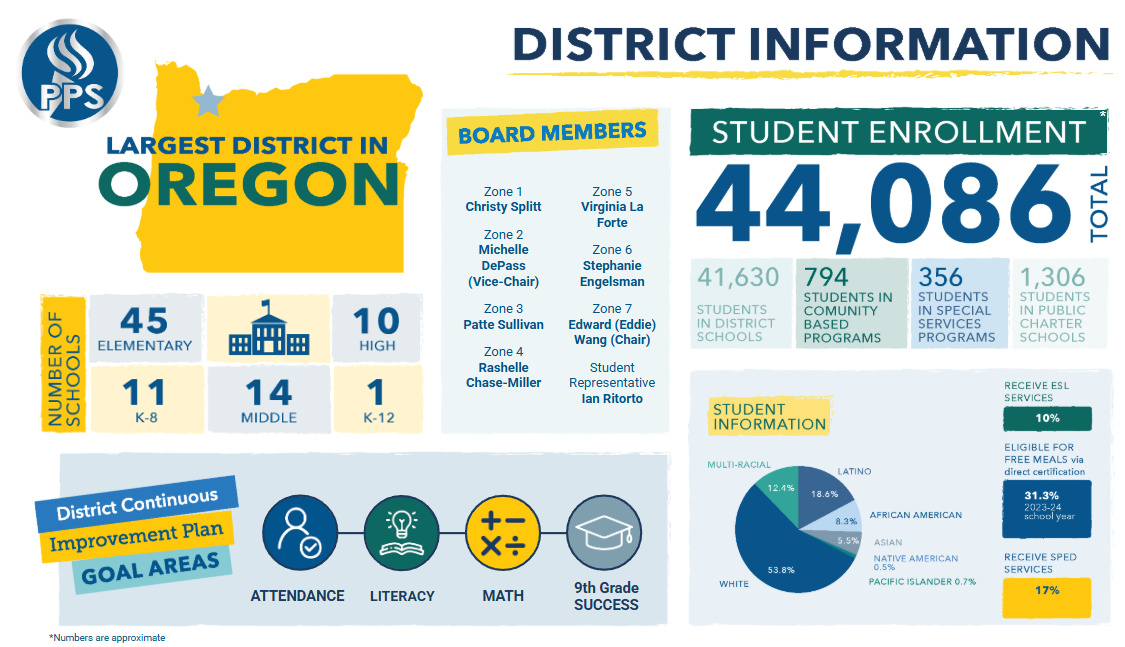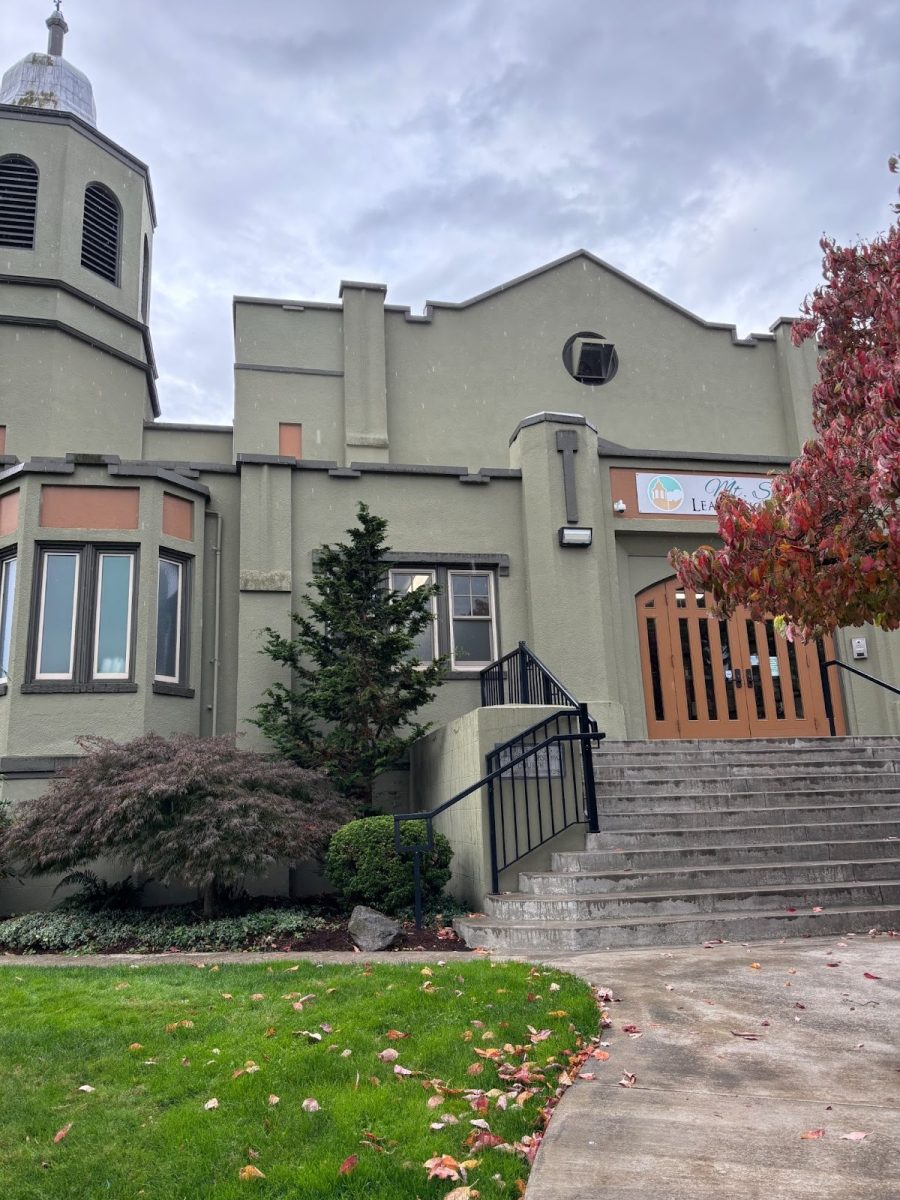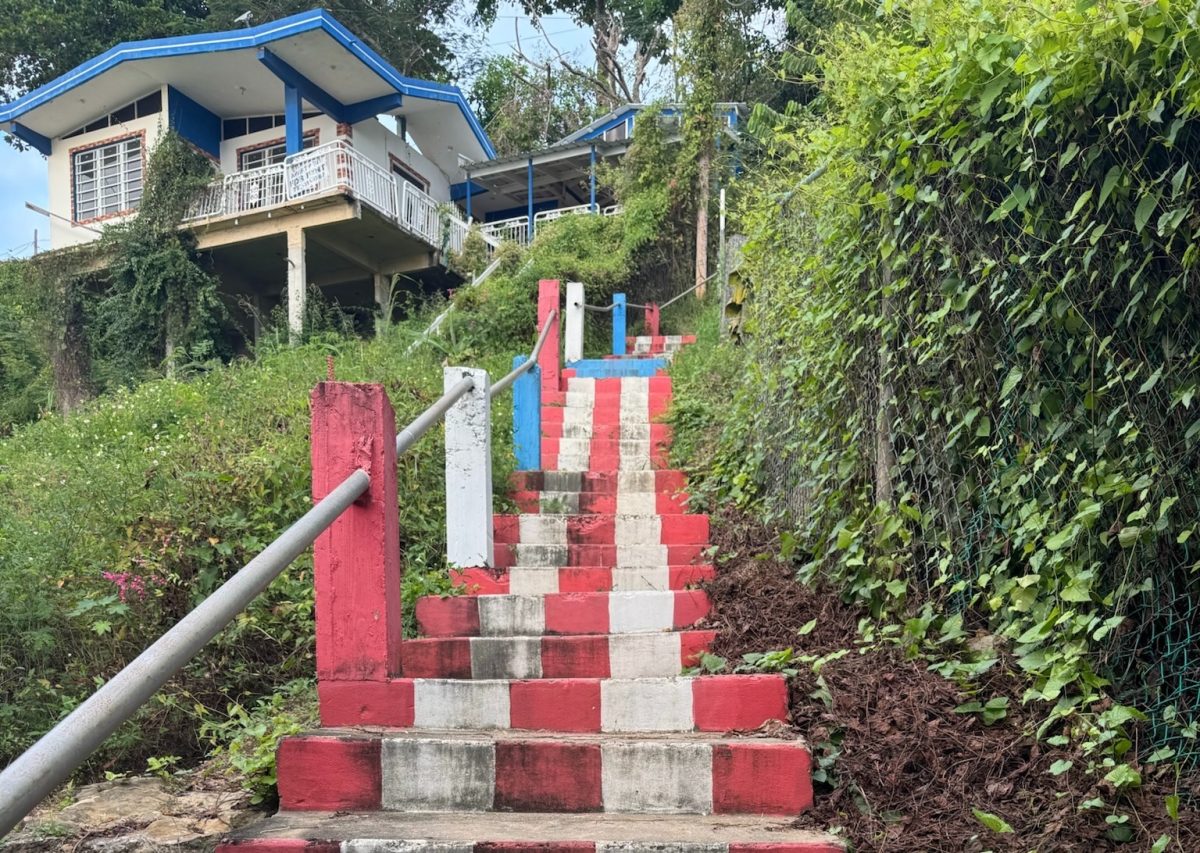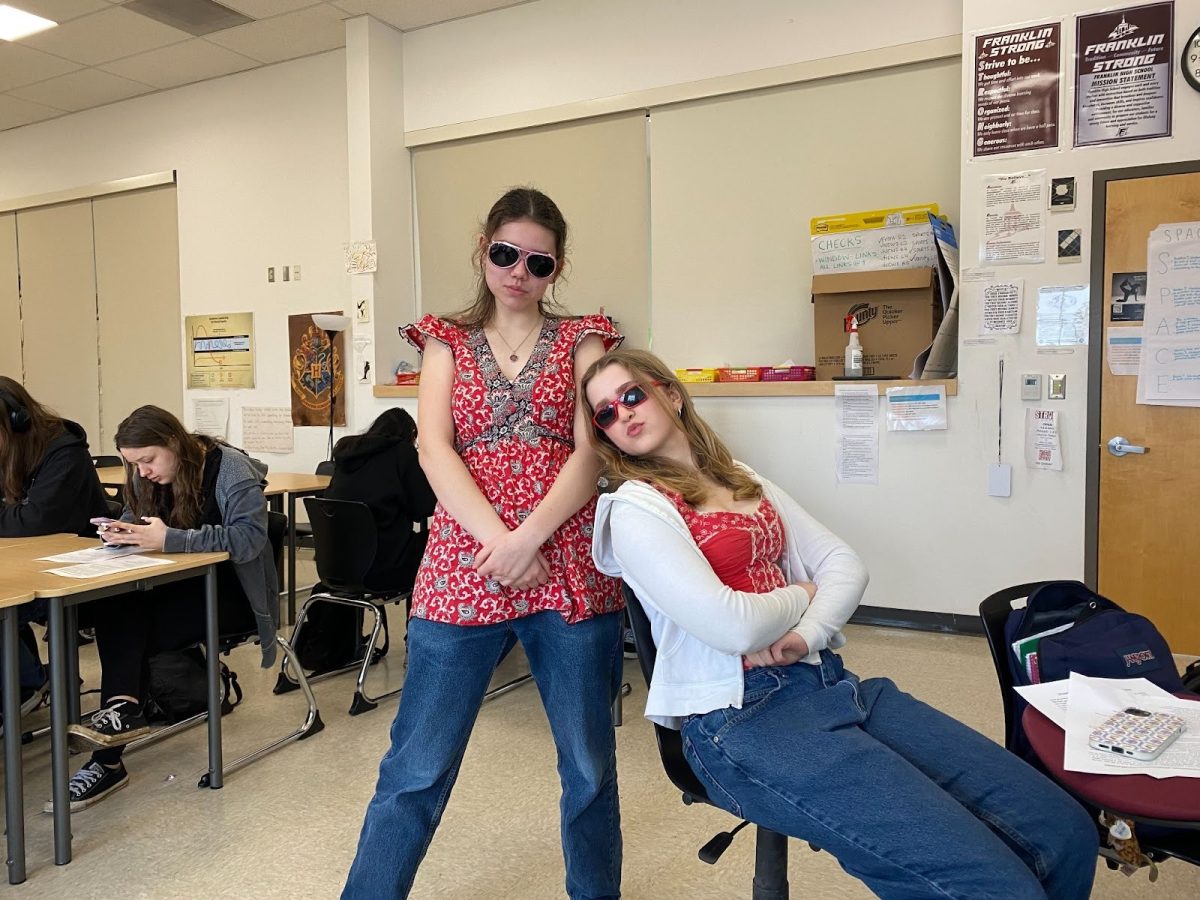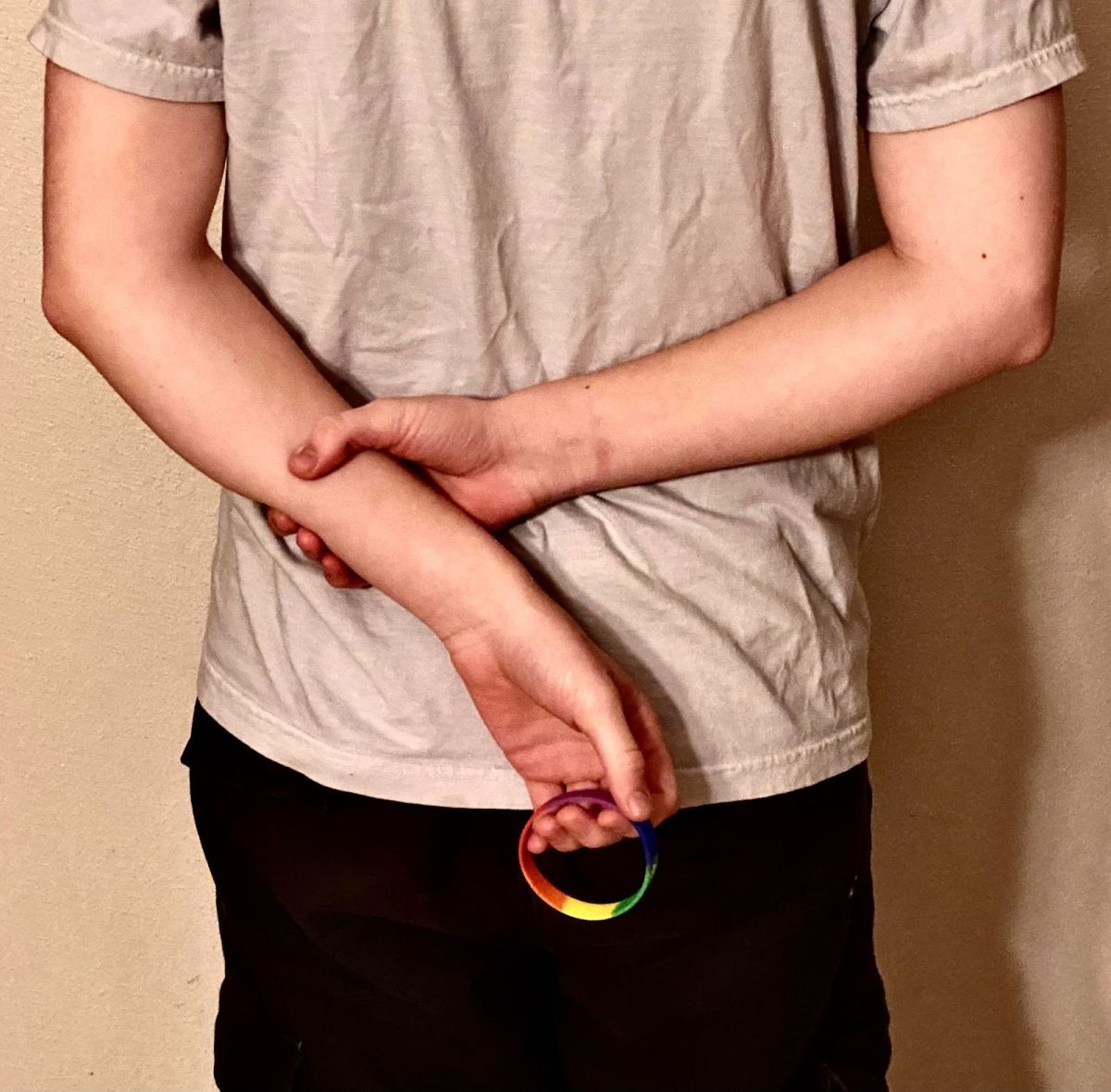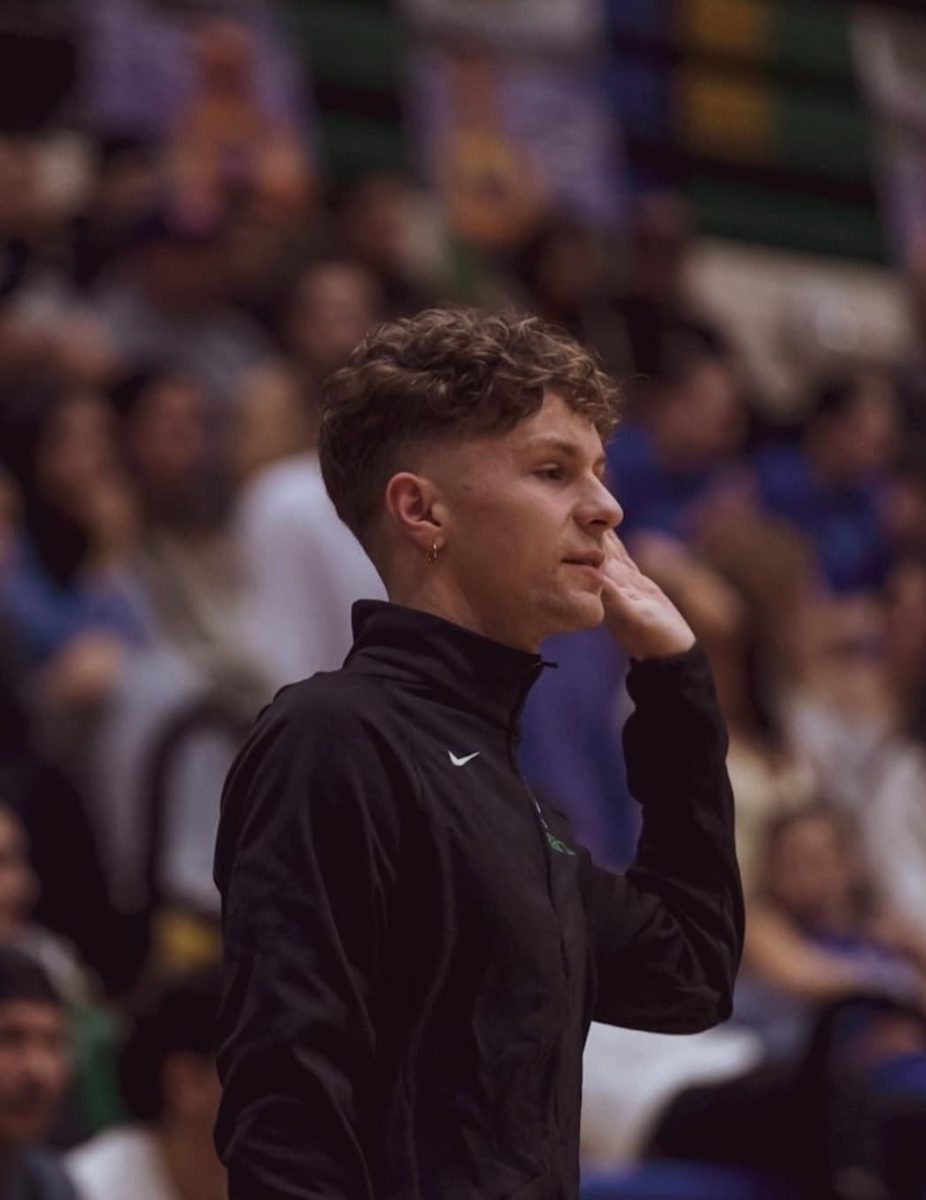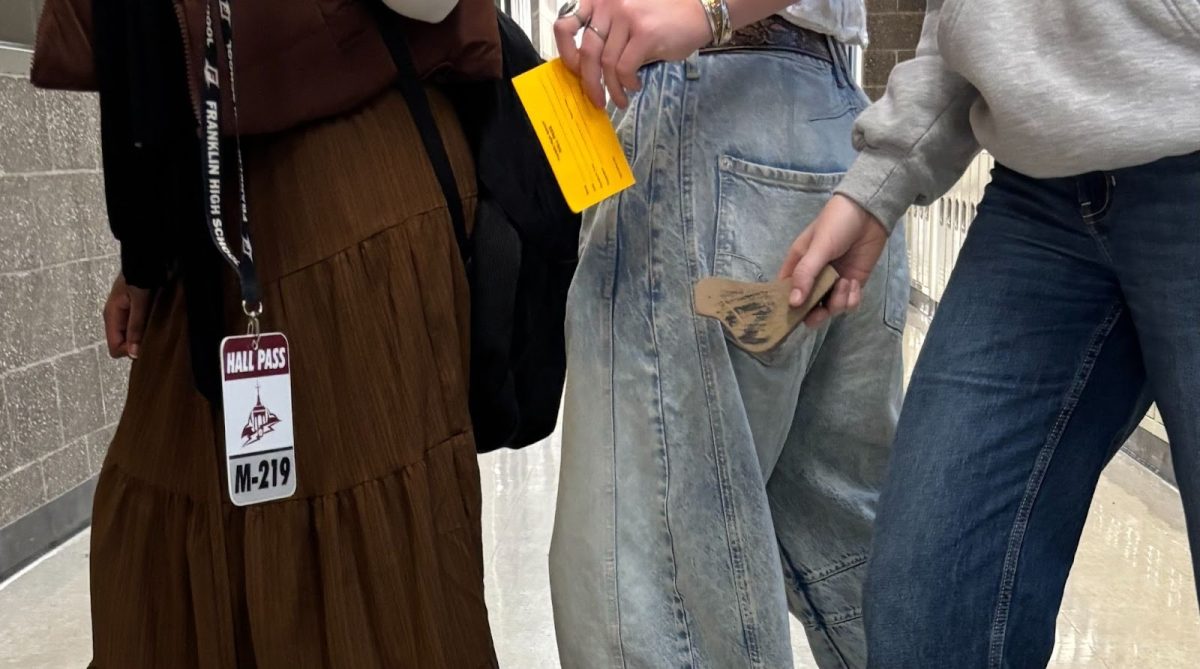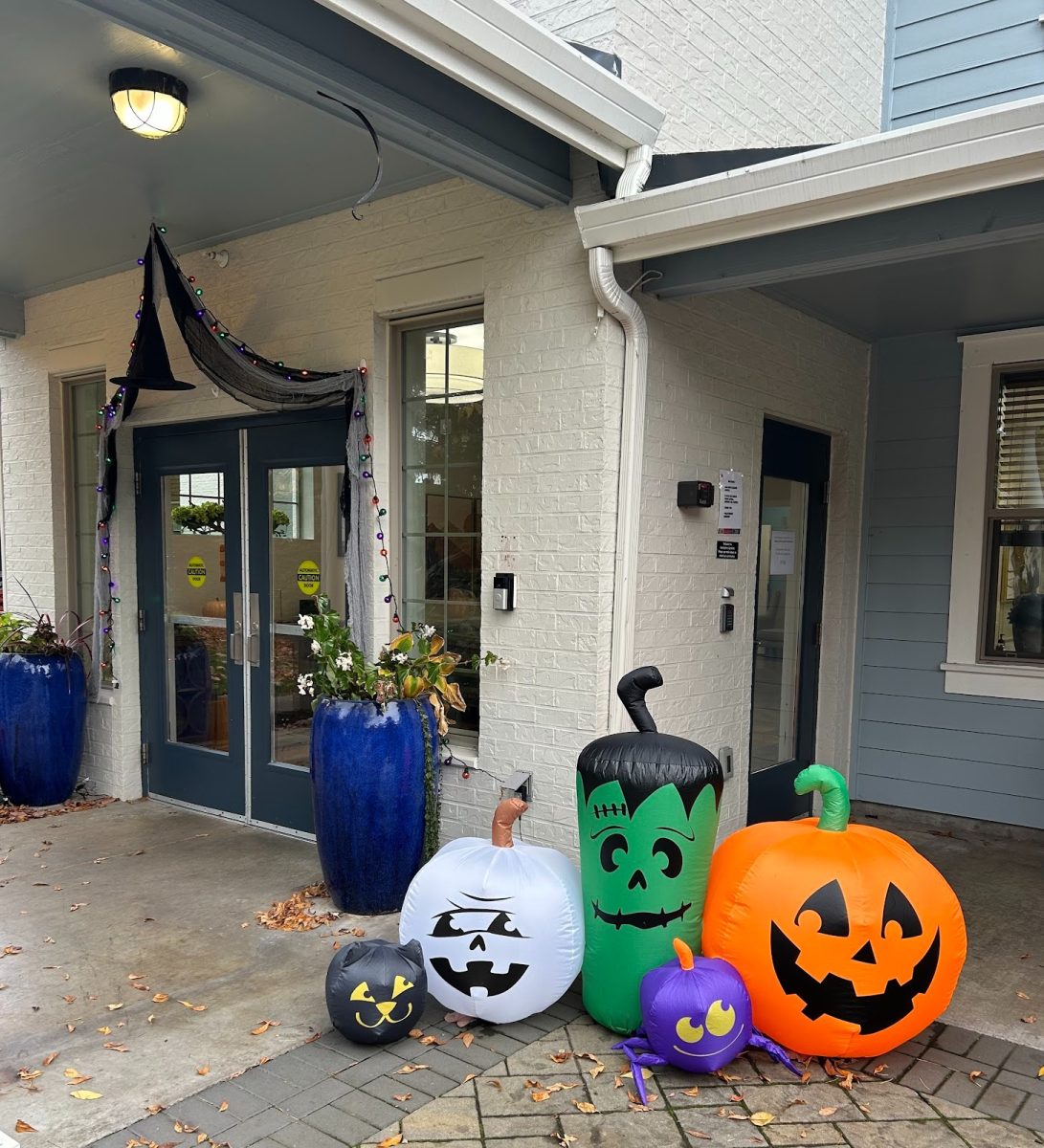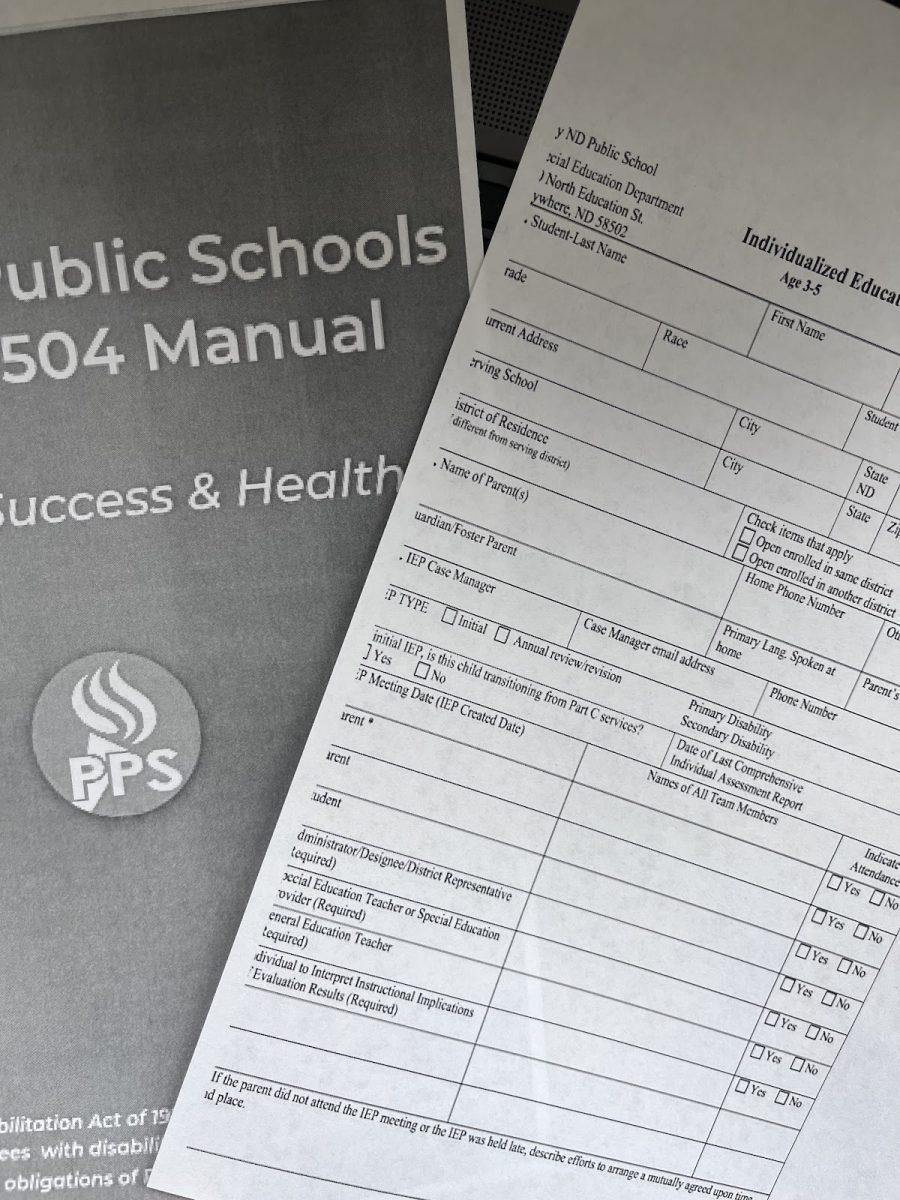By the time an average American student graduates high school, they will have spent more than 14,000 hours in school. Since the passing of nationwide compulsory education laws in the early 1900s, schools have been where American children and teens are required to spend most of their time. Throughout their education, it is vital that students feel they have the resources to succeed in their school experience. The reality is, however, that life has barriers and most American public schools aren’t necessarily designed to fit the needs of each individual student. It is difficult to support a diverse population of students, so American public schools have employed systems of support in order to better serve them. Based on students’ demonstrated needs, schools attempt to provide support and accommodations, sometimes using legal documents designed to help students.
For a student to receive an individualized education program (IEP) or similar support systems like a 504 plan, they must be considered eligible; but this concept of eligibility can be tricky. When deciding if and to what extent a student’s condition or situation warrants the intervention of systemized school support, the answer is not always clear. Due to this ambiguity, there is a process to determine how much support a student needs and what kind of accommodation they will receive when a concern does arise.
Anna York, a Franklin teacher and longtime educator who has worked in Portland Public Schools (PPS) for almost two decades, gives insight into educational support services as a former special education teacher. When explaining IEPs and 504s, she breaks them down, emphasizing the difference of accommodation versus modification. Both a 504 and an IEP provide accommodations, but IEPs can also include student-specific modifications. “Accommodations are things that teachers and other educators do that have small changes to make the classroom more accessible,” York explains. Common examples of accommodations include receiving more time to work on assignments, having access to copies of teacher notes or slides, or having permission to take breaks from class if needed.
A 504 plan is a document that gives students access to these accommodations. “If there is something that is impacting your physical access to the building, how you learn, [or your] ability to be in the classroom and be successful in the classroom, then you may qualify for a 504 plan,” says York. Say a student has a mental health struggle that impacts their education, or a teacher has a concern after observing a student in the classroom. From there, the first step is to reach out to their school counselor. Then, students and their families, along with their counselor, teachers, and the school psychologist or other support staff will work together to determine the best steps to ensure student needs are met.
A notable aspect of a 504 plan is that it is designed to be largely driven by the student. While their counselor is the main point of contact for coordination and logistics, students are encouraged to decide for themselves what support will be beneficial to them. However, a 504 plan is not intended to modify a student’s education.
Another educational support plan is something called an IEP. An IEP, according to the United States Department of Education, is “the cornerstone of quality education for each child with a disability.” An IEP is a legal document designed to support students who have disabilities that impact their education. Like a 504 plan, an IEP helps protect a student’s educational well-being by providing accommodations. But there is one key difference. “An IEP has this extra requirement called ‘specifically designed instruction,’” York explains. The idea is that along with the accommodations like the ones provided by a 504 plan, students with IEPs can receive additional separate, individualized instruction. In a classroom, this might look like a student being given a different objective to strive for, or assignments that target entirely different skills altogether.
IEPs are something that students receive along with their special education services. As a part of their IEP, a student with special education services might stay in their classroom and work along with the rest of the class and then have times when they are taken out of class to receive instruction in a different setting. Overall, IEPs are utilized by many different students for many different reasons. Students with specific learning disabilities may have an IEP specifically for academic support. Some students need support to help them physically access the building or need support with speech, hearing, or organization skills.
Mental health is also something that can impact a student’s ability to show up in class. Alice Headley, one of Franklin’s counselors, has been an educator since 1996 and says that she has seen a recent uptick in educational support being implemented for students struggling with mental health. Mental health has always been a factor impacting students in their education. However, Headley observes that there is now more recognition and validation for students in this situation than ever before.
These support plans can also continue to support students post-graduation in varying ways. If a student is college-bound and would like to continue having access to the accommodations that their support plans allow them to utilize, they are encouraged to bring their physical documents to school with them — often directly to the disability offices on campus. The services listed on the document are then transferred to the college and altered to fit the accommodations the school is willing to provide. However, colleges will typically only accept a few of the accommodations that high schools were able to supply.
Alternatively, some students with IEPs who are also involved in special education programs can enroll in community transition programs where high school graduates and other young adults work on life skills and vocational training. The goal here is to help students with the transition into adulthood.
It is vital to seek out the support you need. Advocating for oneself is not explicitly taught in schools, but it is a highly valuable skill that will serve students well for the rest of their lives. Schools are equipped with professionals that all students can seek help from, and whose job it is to support them during their time in school. Franklin High School has two psychologists and two social workers who are available resources for students to use. In addition, a team of six counselors is also in the building to support students.
“Reach out if you need help,” urges Jaimie Huck, one of Franklin’s school psychologists. Headley echoes this message: “[You] can always come talk to the counseling office, or go to somebody you trust in the building, and they’ll point you in the right direction.”
It is essential to acknowledge that there is a certain level of stigma around the concept of educational support, and it’s also necessary to recognize that we must fight against those negative narratives. Educational support is a service that many people receive for many different reasons. It is a safety net that opens a broader and more level avenue for success.


